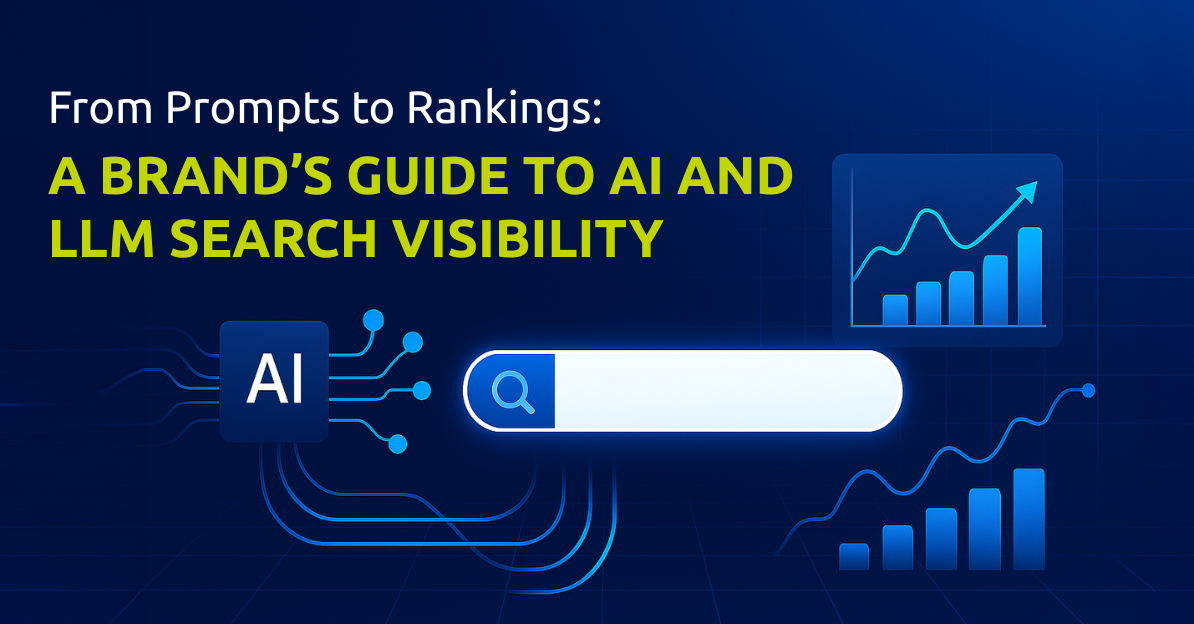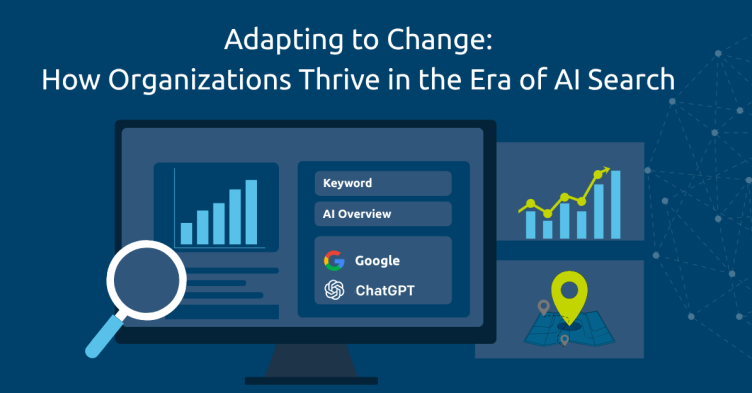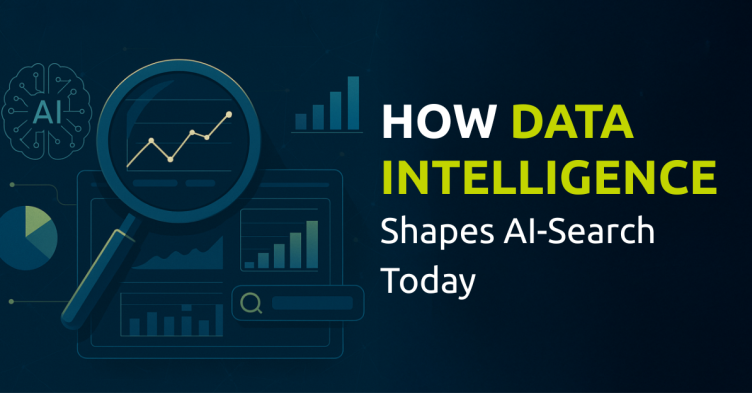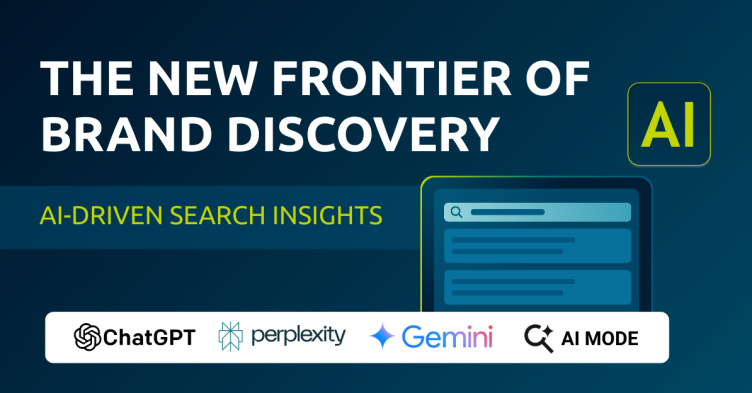In today’s rapidly evolving digital landscape, being visible on traditional search engines is no longer enough. Large Language Models (LLMs) like ChatGPT, Google AI, and Perplexity are changing how users discover information, making it critical for brands to understand not just if they appear, but how they rank across AI-driven platforms.
This blog explores practical strategies for tracking and improving your brand’s AI search presence drawing insights from marketers who are navigating this new frontier with solutions like GrowByData’s LLM Intelligence.
Why LLM Visibility Matters
The rise of AI-driven search means users increasingly turn to LLMs for quick, summarized answers. Gartner predicts that by 2026, up to 25% of search traffic will shift toward AI-powered platforms. For brands, this represents both an opportunity and a challenge:
- Opportunity: Early adopters can secure top positions in AI overviews, building authority and engagement.
- Challenge: Unlike Google Search, click data isn’t always available, making visibility tracking more complex.
Understanding where your brand appears and where it doesn’t, is critical for building a comprehensive search strategy that combines both traditional SEO and AI search visibility.
Key Considerations for Tracking AI Visibility
1. Prompt-Based Tracking vs. Keyword Tracking
Unlike traditional SEO, AI-driven search operates on prompts, not just single keywords. For example, a search for “best winter running shoes for men” is treated differently than “men’s running shoes.”
Tracking your brand’s presence requires mapping out a range of relevant prompts and their variants.
Brands using GrowByData’s LLM Intelligence solution can identify high-impact prompts across ChatGPT, Perplexity, and Google AI to understand true visibility coverage.
| Prompt | Result Type | Notes |
|---|---|---|
| “Best winter running shoes for men” | ChatGPT overview lists Brand X and Brand Y | Slightly different phrasing can change rankings |
| “Men’s running shoes for snow” | LLM pulls user reviews, niche blogs | Shows need for prompt variety |
2. Exact Match Matters
Most LLMs respond to exact-match prompts, meaning slight variations in phrasing can affect visibility. Brands need to consider long-tail and contextual prompts to ensure comprehensive coverage.
3. Aggregating AI Overview Data
AI overviews may pull information from multiple sources like Wikipedia, Reddit, or media sites. Understanding which sources influence your ranking helps refine your content strategy and outreach. GrowByData’s platform identifies the domains and citations shaping brand mentions in AI responses, helping marketers prioritize where to build authority.
→ Navigating the Emerging World of AI and LLM Search
4. Share of Voice Across Platforms
Traditional SEO relies on metrics like impressions and clicks, but AI search visibility benefits from a Share of Voice approach measuring how often your brand appears relative to competitors across various AI models.
This provides a clear picture of competitive positioning across platforms.
→ Learn more on How Modern Data Intelligence is Transforming the Search
Combining Traditional SEO With AI Search Insights
While traditional SEO remains vital, integrating AI visibility monitoring allows brands to:
- Identify gaps where content is missing in AI overviews
- Optimize existing content for LLM prompts
- Track both organic and AI-driven search performance in one unified view
For example, a sportswear brand noticed their top-selling sneakers weren’t appearing in AI overviews. By adjusting prompts and updating product descriptions, they increased AI visibility by 20% in three months.
Practical Steps to Get Started
- Create a Prompt List: Identify high-value prompts based on your product or service categories.
- Map Sources and Rankings: Determine which external sources contribute to your AI visibility.
- Monitor Share of Voice: Track your brand relative to competitors across LLMs.
- Iterate and Optimize: Use insights to refine content, FAQs, and structured data for better AI search results.
Common Pitfalls to Avoid
- Relying only on Google metrics for insights
- Ignoring long-tail or context-specific prompts
- Not tracking multiple LLMs for coverage
Conclusion
AI-powered search is no longer a future trend it’s here.
Brands need a structured approach to stay visible and competitive.
By combining traditional SEO best practices with LLM monitoring and prompt-based tracking powered by platforms like GrowByData’s Total & AI Search Intelligence you can ensure your brand remains discoverable, relevant, and ready for the next wave of search evolution.
Learn more about how GrowByData helps enterprises monitor AI and Total Search visibility.



